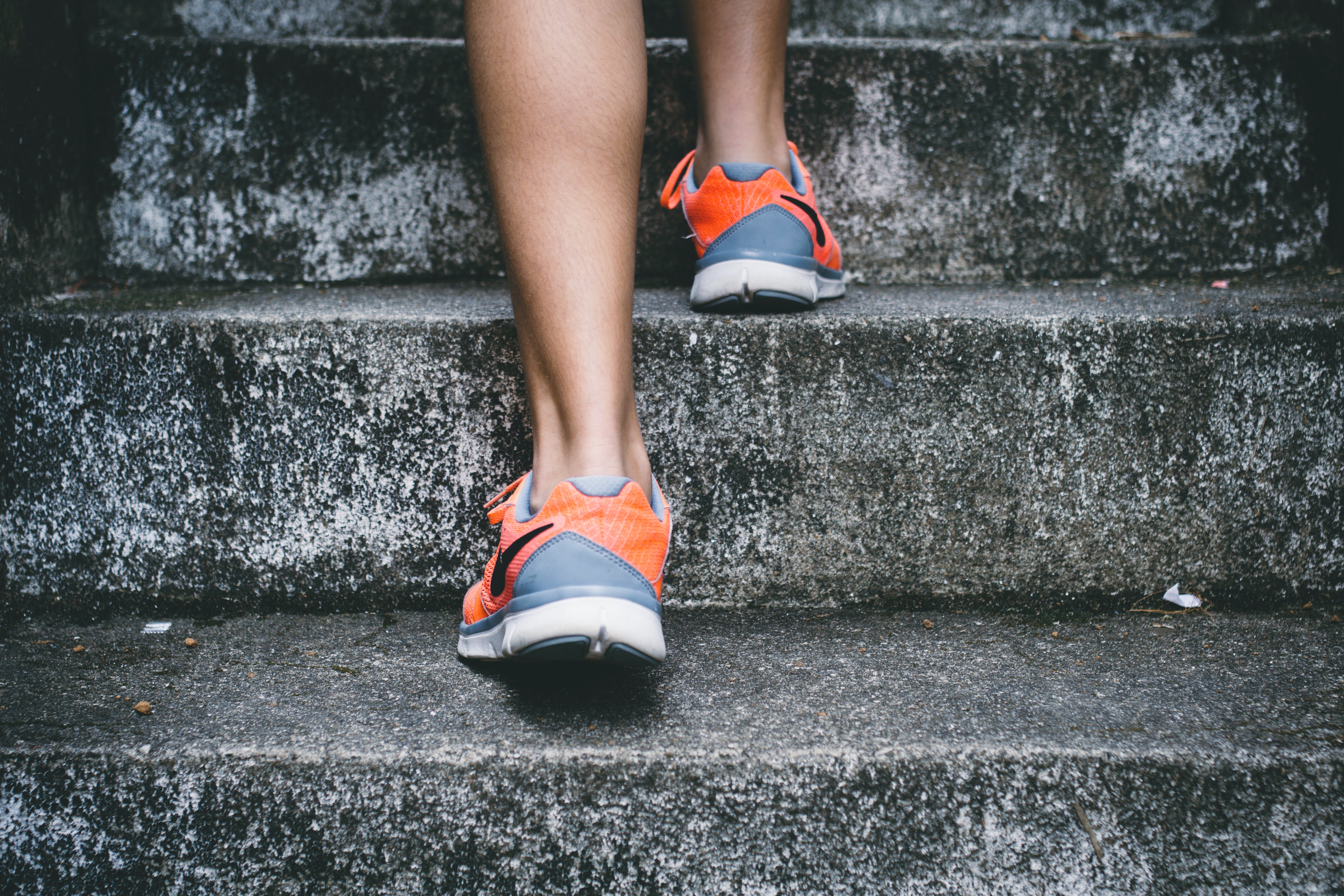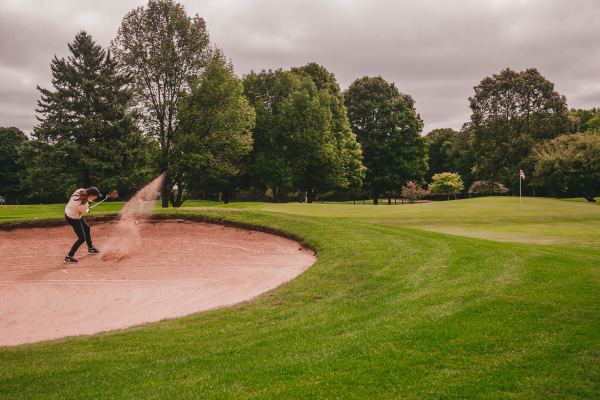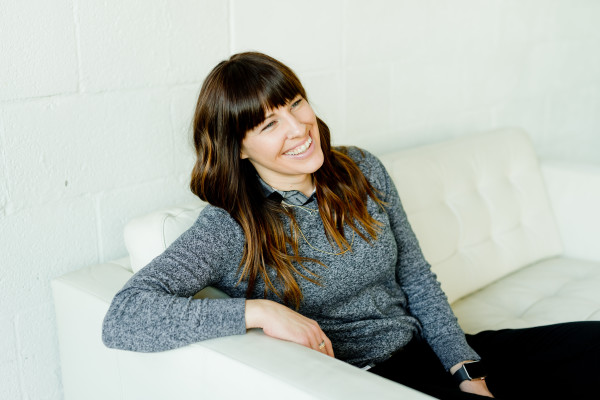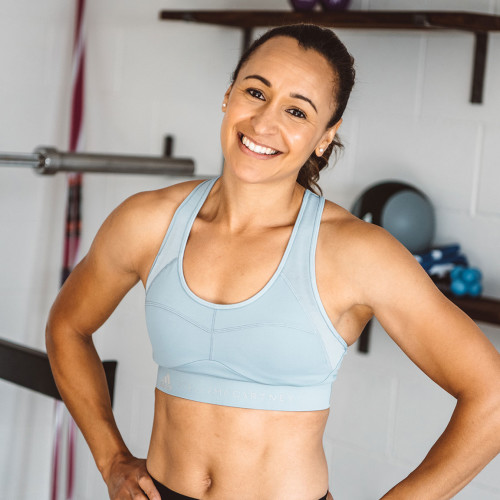How to return to exercise after COVID in 5 simple stages
2 years ago
Training2 years ago
Training
From when to start exercising again to what type of workouts are right for you, here’s everything you need to know about training post-COVID…
You’ve finally got that negative lateral flow and you’re eager to get those trainers on. But is going hard after COVID really such a great idea; is it possible to pick up where you left off, and how long does it take to get back to your pre-COVID fitness levels? Here’s everything you need to know.
As with any virus, exercising too soon can actually prolong the healing process, says Jennis physiologist, Dr Emma Ross, so it’s best to do nothing if you have any symptoms at all. It can be really tempting to hit the gym or go for a run to blow the cobwebs away, especially after you’ve been stuck indoors, but this can do more harm than good.
If you’re still experiencing COVID symptoms, such as a prolonged cough, fever or shortness of breath, the smartest thing to do is rest and test. “When it comes to COVID or any other virus, your immune system is at full pelt in order to fight it off,” says Emma. “By using valuable energy to exercise, it can put your body under additional strain, impacting its antiviral defenses and in some cases leading to further complications – particularly for those with underlying health conditions. Your body needs time to recover fully, so don’t feel bad about doing nothing. It will do you good in the long run.”
Before you get back to hitting the HIIT or ramping up your running, it’s important to remember that there’s no one-size-fits-all approach to fitness, particularly if you’ve been knocked off track by COVID. Dr Emma’s advice is to break down your return to exercise into 5 stages, as defined by the British Journal of Sports Medicine , and to only move on to the next stage if you can comfortably do what’s suggested.
“The key with any of the activities suggested below is to closely monitor how you feel,” says Emma. “As soon as you start doing any activity at all, be it a gentle yoga session or a walk round the block, make sure you ask yourself how you’re feeling - and, if it’s not great, give yourself permission to stop.”
We’ve broken down the five stages below, but there are a few points to make clear before we go into it. As you move from one stage to the next, you should do the activities recommended for two days (they don’t have to be consecutive) before you move on to the next stage up.
If those two workouts feel ok and don’t make you feel too breathless or lightheaded, you can progress to the next level – again, for 2 days or 2 workouts minimum.
“It’s totally fine, and often expected,” says Emma, “that you might stay at levels 2, 3 or 4 for much longer than 2 days. The key is that you’re taking a step-by-step approach to your return, and you only move up to the next level when your body is able to cope. Now for the detail…
I’ve learnt over the years that taking your time, lowering expectations and not being too hard on yourself is the best game plan.
When to start: At least 10 days after your COVID symptoms have cleared
What: Step away from the skipping rope and don’t be tempted by your dumbbells. Instead, stick with some gentle movement to get the blood flowing again, advises Emma: “Now is the time for some active rest but nothing too strenuous. Think a steady walk, some gardening, or a stretching routine that feels restorative. In the same way that our bodies need to recover after a huge gym session , so do our bodies when we’ve battled a virus.”
In a nutshell: Walking, stretching
Duration: 10 days minimum
All being well, it’s time to step things up for some light activity. “You want to make sure you’re still going steady, so avoid those heavy deadlifts and HIIT workouts for the moment and stick with light jogging, cycling on a static bike with light resistance or brisk walking,” suggests Emma. “Don’t make the mistake of going hard just yet. You should be working at about 6/10 in terms of effort, remembering to stop and rest if you need to,” says Dr Emma.
In a nutshell: Light jogging, static cycling, speed walking, yoga
Duration: 15 minutes a day for two days. If after two days of activity (not necessarily consecutively) you feel OK, it hasn't wiped you out, or isn’t making you unusually breathless or tired, then you can progress to the next level. If it doesn't feel great, stay at this level until it does, then move onto stage 3.
As soon as you start doing any activity at all, be it a gentle yoga session or a walk round the block, make sure you ask yourself how you’re feeling - and, if it’s not great, give yourself permission to stop.
What: It’s time to take things up a gear. “Consider getting back into some classes or increasing your running distances and speeds up to about 7 out of 10 on the exertion level. Make sure you don’t go for any longer than 30 minutes,” advises Dr Emma.
It’s also fine to get back into some resistance training at this stage, making sure you’re keeping an eye on form. “We know that it can take as little as three weeks for our muscle mass to decrease if we’ve had a break from training, so don’t feel like you need to get back to your pre-COVID PB as soon as you hit the gym. It’s likely not going to happen and chasing those heavy lifts could result in injury,” warns Emma.
In a nutshell: Interval running, cardio classes, lighter resistance and strength training, swimming
Duration: 30 minutes a day for two days. If after two days of activity (not necessarily consecutively) you feel OK, it hasn't wiped you out and isn’t making you unusually breathless or tired, then you can progress to the next level. If it doesn't feel great, stay at this level.
We’re on the home stretch and you can start to include higher intensity work into your sessions. Whether that’s hill sprints or HIIT, swimming or spin, providing you’re feeling strong and confident enough it’s ok to go up to 8 out of 10, but don’t go all-out.
In a nutshell: Your go-to pre-COVID workouts, but at a lower intensity
Duration: Up to 60 minutes a day for at least two days. As per above, only move on if you feel fine to do so.
Go forth and burpee, sprint and press-up your way back to pre-COVID fitness levels, but continue to include plenty of rest and recovery into your routine. A gradual recovery process is likely to have you feeling much stronger than if you’d dived head-first back to the gym floor. “We know that for respiratory-related viruses such as COVID, recovery can take up to two years , so bear that in mind if you’re not feeling on top of your game on some days and give yourself a break.”
In a nutshell: Whatever makes you feel good at the intensity that feels right to you
It can be extremely frustrating to hit pause on training, we absolutely hear you. But, pacing yourself after being struck with COVID is key for long-term health.
“It’s really important that you listen to your body when returning after any illness or injury,” says Jess Ennis-Hill, Olympic gold medallist and founder of Jennis . “I’m terrible at wanting to pick up where I left off as soon as I possibly can, but I’ve learnt over the years that taking your time, lowering expectations and not being too hard on yourself is the best game plan.”
And remember, from achy joints to needing more sleep than a newborn kitten, we’ve all experienced many different symptoms of COVID (one study shows there may be more than 100 symptoms ), so please go easy on yourself.
 Cycle syncing
Cycle syncing Perimenopause
Perimenopause Perimenopause
Perimenopause Perimenopause
PerimenopauseSign up to learn everything you need to know about CycleMapping, plus how you can live better and feel better through optimising your fitness to you.
This website uses cookies to ensure you get the best experience on our website. Learn more

Sign up for the very latest news on women's fitness, health and hormones, plus be the first to receive exclusive offers and extras